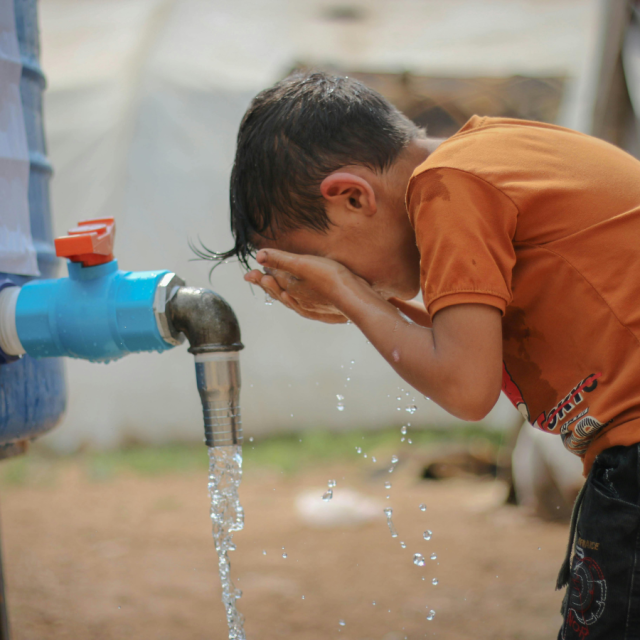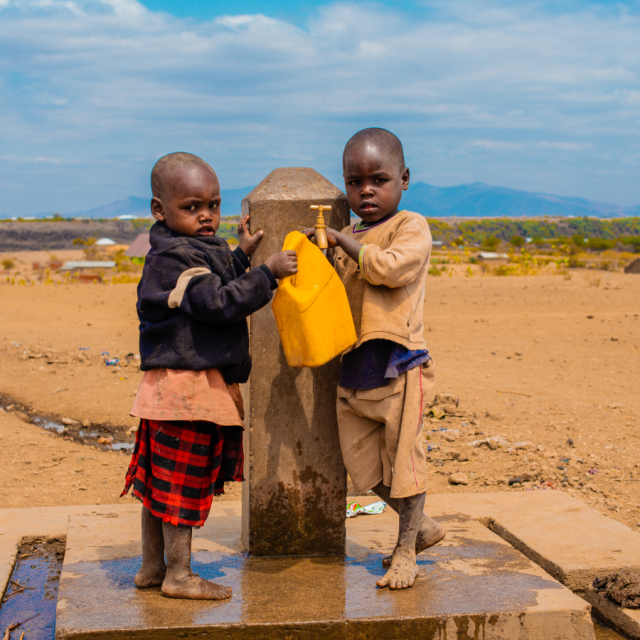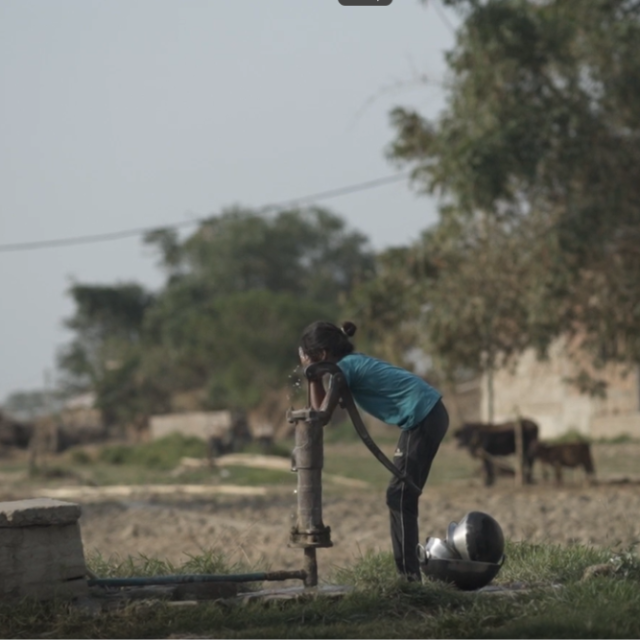
Risks of Elevated Nitrite Levels in Humanitarian Water
Risks of Elevated Nitrite Levels in Humanitarian Water
Elevated nitrite levels in humanitarian water are a significant health concern. Nitrites, often originating from agricultural runoff, sewage, and industrial waste, can contaminate water supplies, posing risks especially in crisis situations.
Health Hazards of High Nitrite Levels
The primary health risk associated with high nitrite levels is methemoglobinemia, particularly in infants and young children. This condition, commonly known as “blue baby syndrome,” impairs the blood’s ability to carry oxygen, leading to serious health complications. Long-term exposure to elevated nitrites can also increase the risk of various cancers and other chronic diseases.
Implications for Vulnerable Populations
In humanitarian settings, where medical resources are limited, the impact of nitrite contamination can be severe. Vulnerable groups, including pregnant women, infants, the elderly, and those with weakened immune systems, are particularly susceptible to the effects of nitrite exposure.
Impact on Water Quality and Treatment
Elevated nitrites can compromise water quality, affecting its taste and odor, and can interfere with water treatment processes. High nitrite levels can react with chlorine and other disinfectants, reducing their effectiveness and potentially leaving harmful pathogens in the water.
Challenges in Detection and Management
Testing and managing nitrite levels in humanitarian contexts pose challenges. Often, resources for comprehensive water testing are limited, and the logistics of managing water quality in emergency situations are complex. However, regular monitoring is crucial to ensure the safety of water supplies.
Environmental Considerations
Besides health risks, high nitrite levels can have ecological impacts. They can contribute to eutrophication in water bodies, affecting aquatic ecosystems and biodiversity. Maintaining a balance in water chemistry is essential for environmental sustainability.
Education and Awareness
Raising awereness about the risks of nitrite contamination and promoting safe water practices are important in humanitarian settings. Educating communities on the importance of water treatment and hygiene can help mitigate health risks.
Suitability of Water
In humanitarian crises, the risks posed by elevated nitrite levels in water are significant, impacting both human health and the environment. Regular monitoring, effective water treatment, and community education are key to addressing these risks and ensuring the safety and suitability of water for affected populations.




